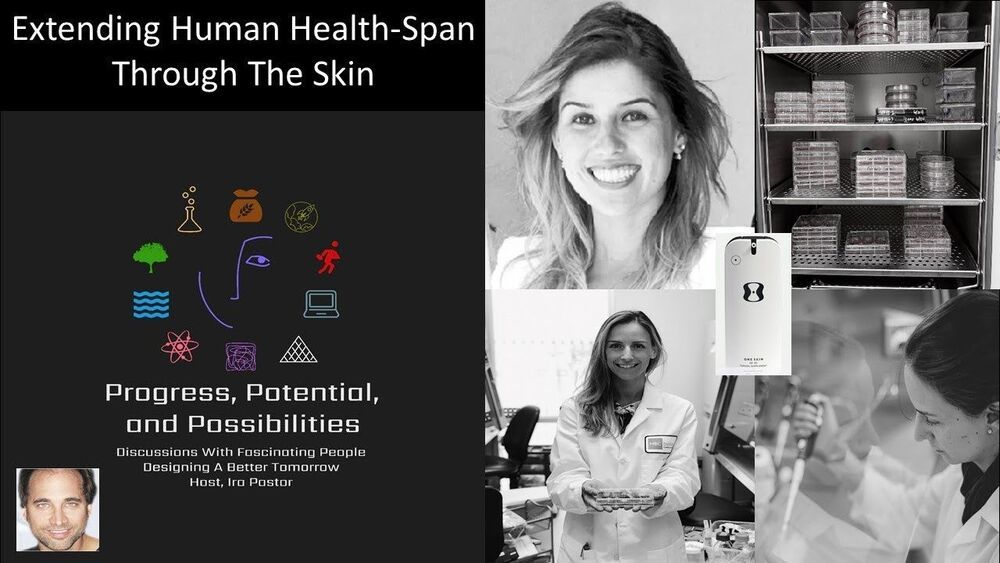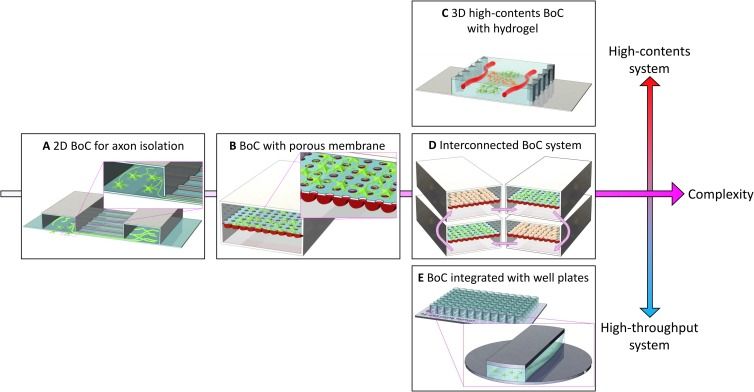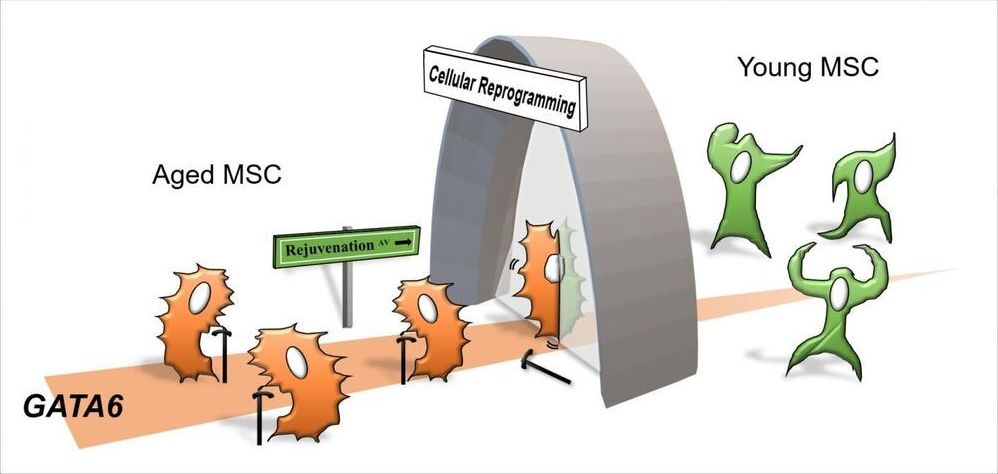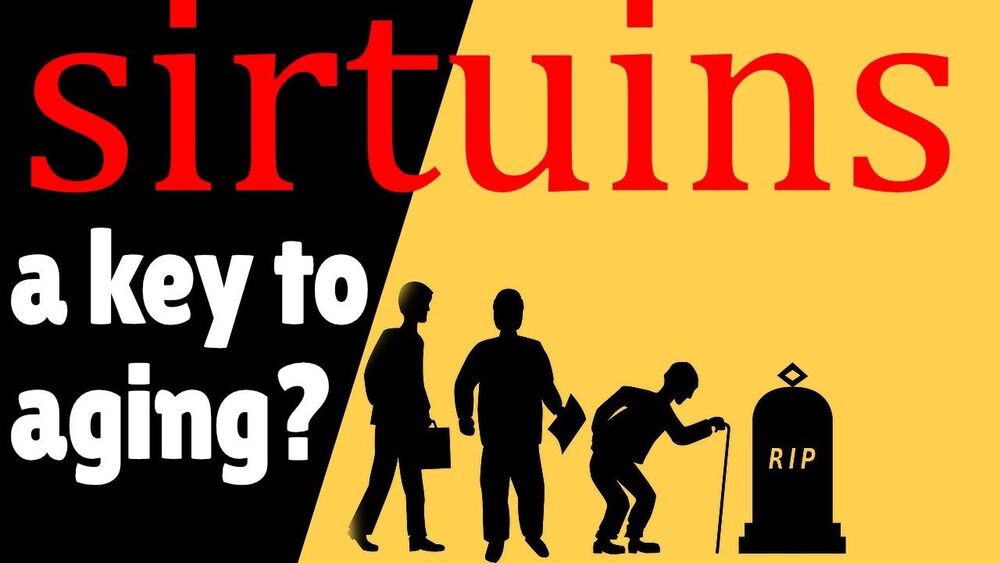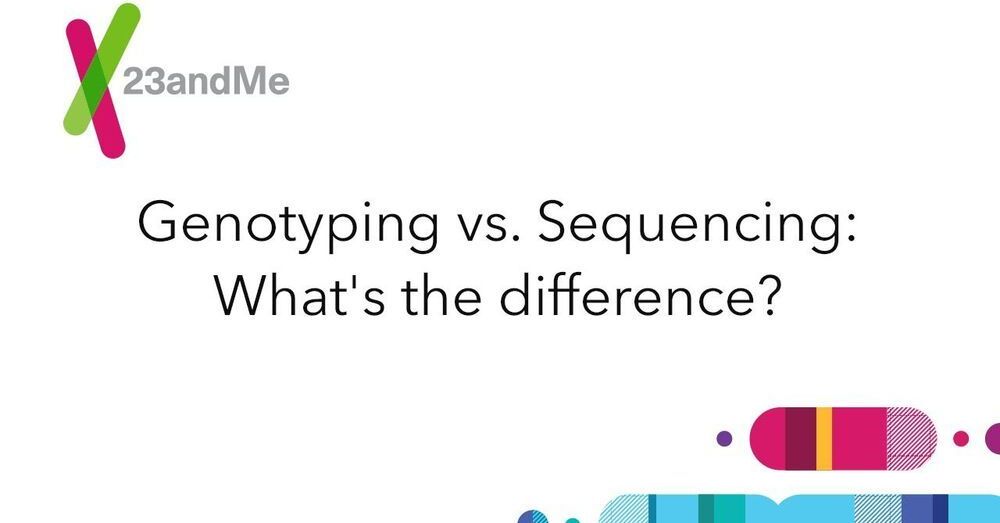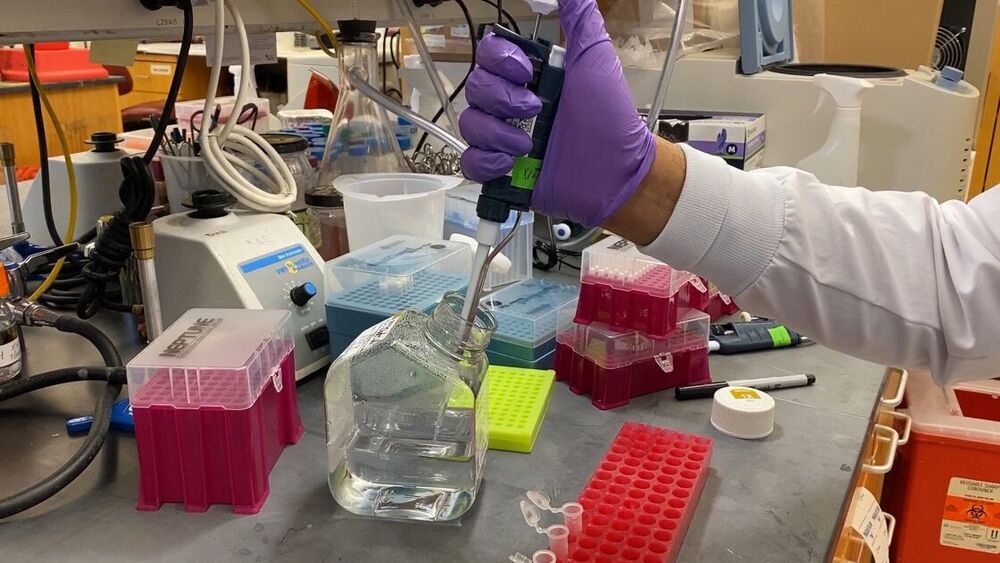If you want to live long enough to see a reversal of aging and everlasting youth, exercise should be at the core of your routine.
Here I look at ten amazing benefits that exercise brings to your body and mind, so if you haven’t already got a regime on the go, hopefully this will convince you to start now.
Have an amazing day 🙂
In Why We Should Exercise Regularly, I show ten great areas that exercise benefits the body and mind.
If you want tp live longer and healthier, and slow down aging then regular exercise should be your first thought, especially if you have a sedentary job and have to spend long hours sat down.
Studies referenced.
Weight control.
https://www.nature.com/articles/0803015
https://www.sciencedirect.com/science/article/abs/pii/S1262363620301270
Muscles and bones.
https://pubmed.ncbi.nlm.nih.gov/11255140
https://www.ncbi.nlm.nih.gov/pmc/articles/PMC6279907/
Health conditions and disease.
https://www.nature.com/articles/nri3041
Brain health.
https://journals.physiology.org/doi/full/10.1152/japplphysiol.00210.2011
https://www.pnas.org/content/108/7/3017?sid%3D82ba1542-3753-49b2-a1e0-2b16c0b8686b=
https://content.iospress.com/articles/journal-of-alzheimers-disease/jad091531
Mood.
https://www.researchgate.net/profile/Brian_Pritschet/publication/236152470_A_comparison_of_post-exercise_mood_enhancement_across_common_exercise_distraction_activities/links/0046352f50ff51710e000000/A-comparison-of-post-exercise-mood-enhancement-across-common-exercise-distraction-activities.pdf.
Energy.
https://science.sciencemag.org/content/335/6066/281.summary.

